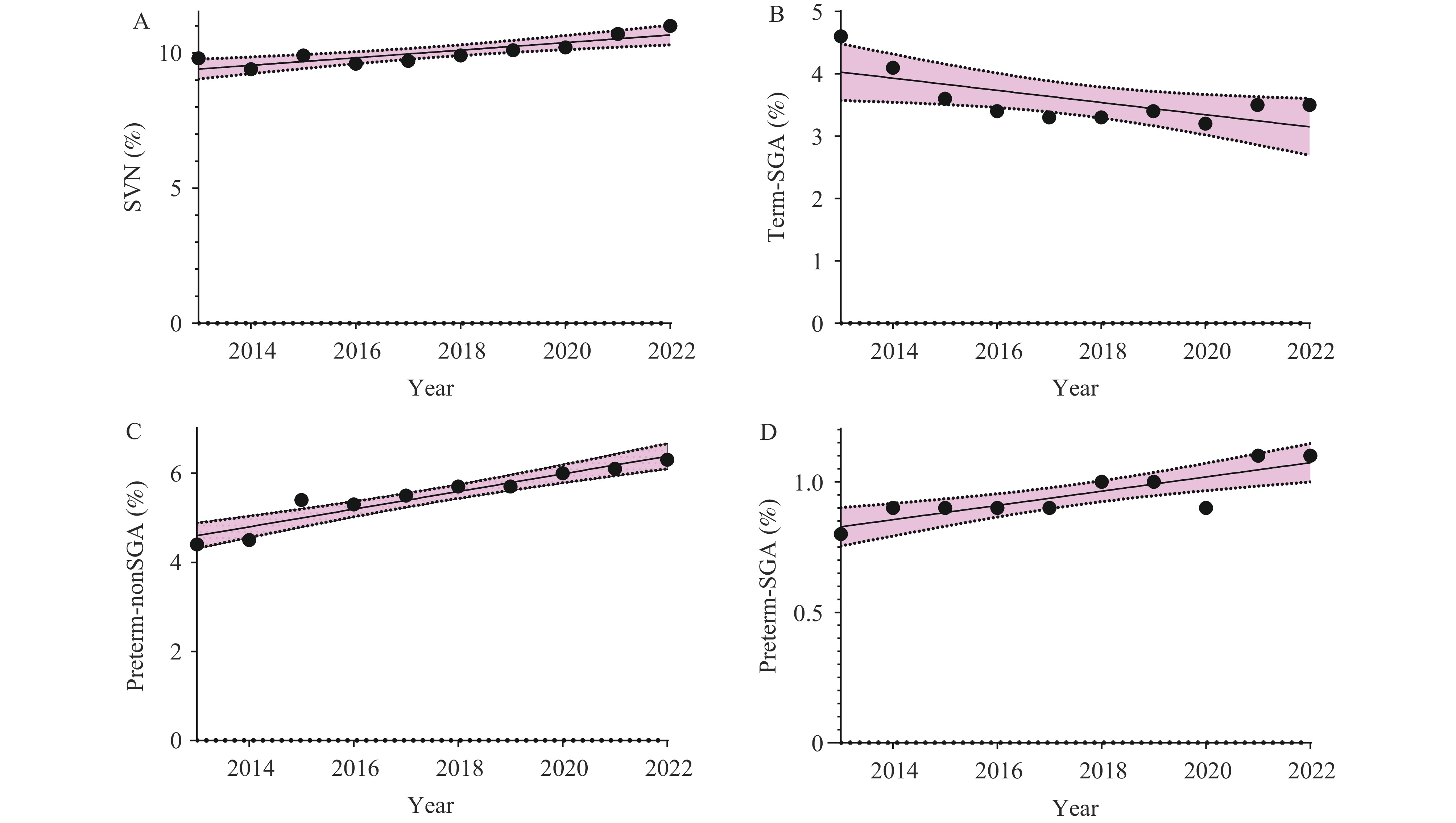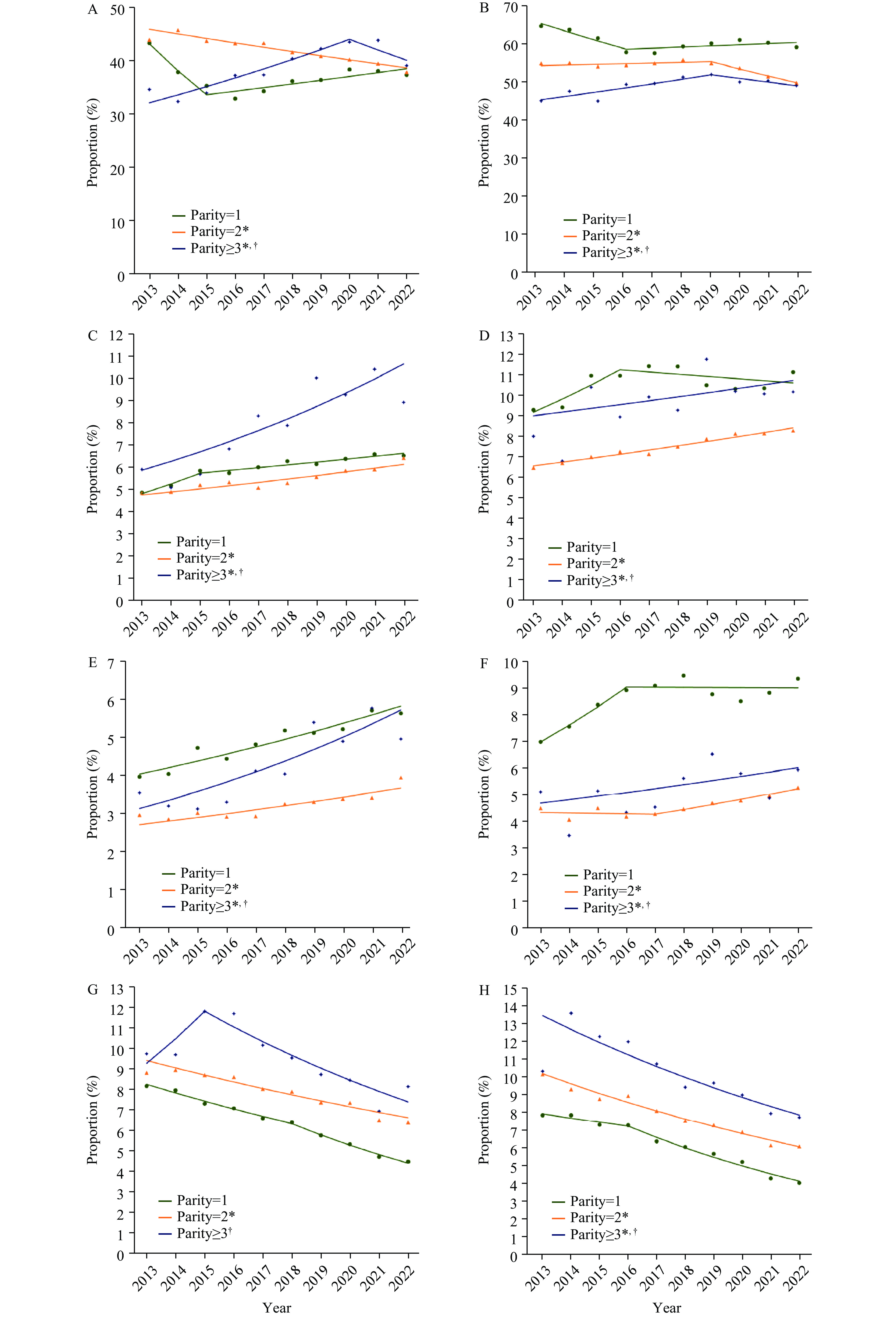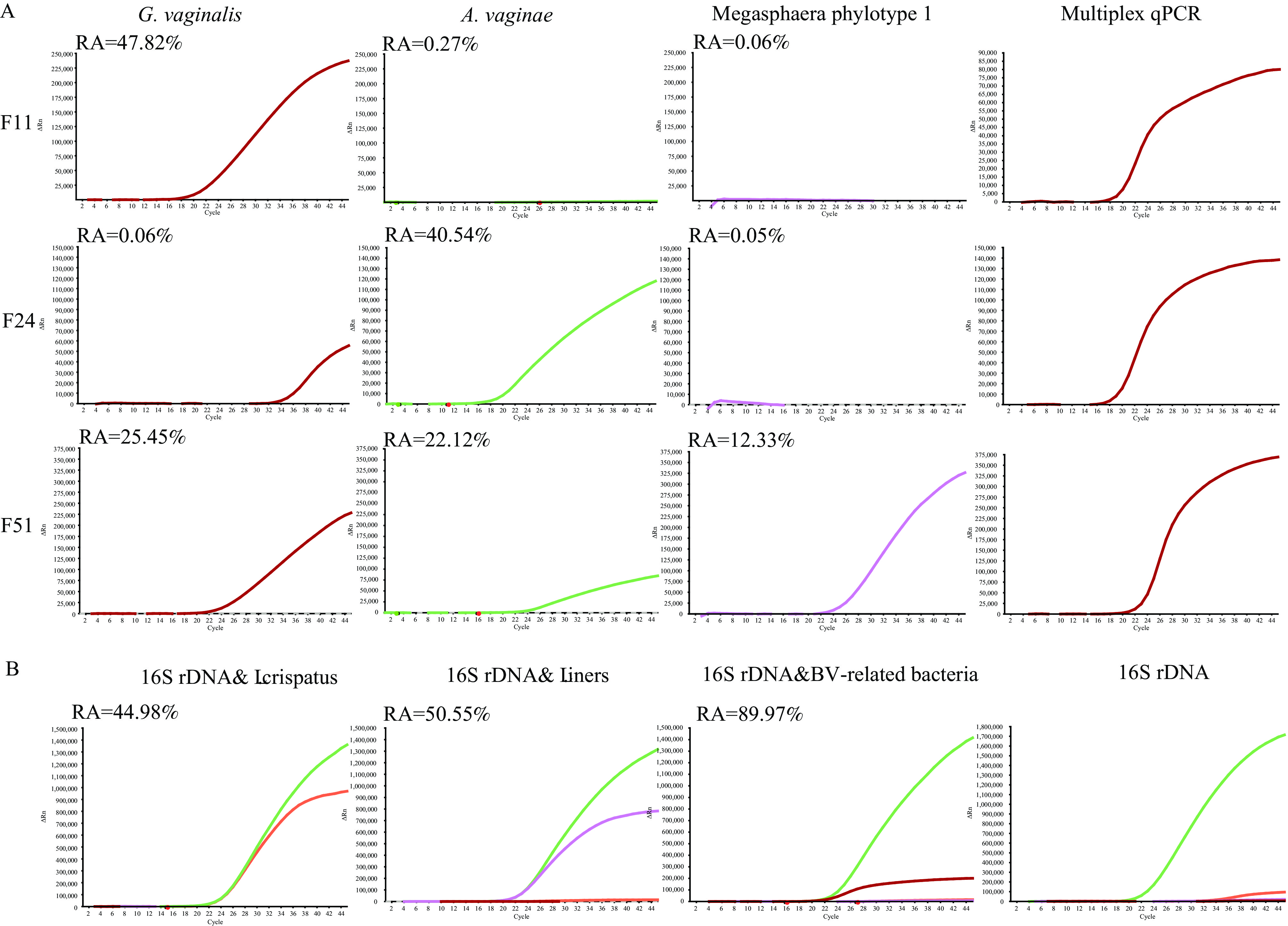2024 Vol. 6, No. 31
A new conceptual term, small and vulnerable newborns (SVN), bringing preterm birth, small for gestational age (SGA), or low birth weight (LBW) together is being advocated for assessing whether a child is at high risk.
According to the new conceptual term, the increasing incidence of high-risk newborns (from 9.82% to 10.96%) has been observed among 2,005,408 newborns over the period from 2013 to 2022, which is higher than using any of the three definitions of SVN. Maternal age ≥35, primiparity, and multiple births are high risks for SVN.
The new conceptual framework should be used to better assess the number of high-risk newborns. Attention should be paid to multiple births to prevent preterm-related SVN. To reduce term newborns who are SGA, we need to be concerned not only with multiple pregnancies but also with first-time mothers.
In recent years, there has been a significant increase in the proportion of women of advanced maternal age (AMA), accompanied by a rise in adverse pregnancy outcomes in certain regions of China.
From 2016 to 2022, there was an observed increase in the proportion of AMA, educational levels, and incidences of preterm birth and low birth weight (LBW) in both primiparous and multiparous women. Concurrently, there was a declining trend in the rate of cesarean deliveries and the incidence of macrosomia among multiparous women.
In addition to focusing on health management for AMA individuals, proactive steps should be undertaken to enhance the quality of medical services and promote childbirth at optimal ages, thereby reducing the incidence of adverse pregnancy outcomes.
Low fertility rates have become the most important risk affecting the balanced development of the population in China.
About 80.0% of childless women had fertility intentions, 31.9% of women with one child and 11.3% of women with two children intended to have a second and third child, respectively. Women with one child who had an agricultural Hukou*, were younger than 30 years old, were remarried, and had received a deduction or reimbursement for childbirth expenses during their first delivery were more willing to have a second child. Women with two children who had an agricultural Hukou and a upper-middle personal income, were self-employed, and had two daughters were more willing to have a third child.
In China, women’s willingness to have more children is not optimistic. To increase their desire for more children, creating a more favorable fertility environment for reproductive-age women and providing more preferential fertility policies for pregnant women will be necessary.
With socioeconomic development, the increase of older pregnancies and multiparas has brought risks to mothers and infants.
As parities increased, the proportion of women of advanced maternal age (AMA) and non-local domicile increased, while the proportion of women with higher education levels decreased. Women with ≥3 parities are more likely to have preterm birth (PTB) and macrosomia.
A comprehensive analysis of pregnancy traits among women at different parities offers a robust foundation for tailored strategies against adverse pregnancy outcomes.
The Nugent score, limited by subjectivity and personnel requirements, lacks accuracy. Establishing a precise and simple molecular test is therefore essential for detecting vaginal microbiota compositions and evaluating vaginal health.
We evaluated the vaginal health of Chinese women using quantitative polymerase chain reaction (qPCR) to target Lactobacillus crispatus (L. crispatus), L. iners, Gardnerella vaginalis (G. vaginalis), Atopobium vaginae (A. vaginae), and Megasphaera phylotype1. bacterial vaginosis (BV)-related bacteria shared a fluorescent channel. Using 16S rDNA sequencing as a reference standard, we evaluated and validated the diagnostic accuracy of the qPCR assay.
Both qPCR and 16S rDNA sequencing demonstrated 90.5% concordance in segregating vaginal community state type (CST), as visualized through heatmaps and PCoA. Spearman’s correlation analysis revealed strong correlations between the two methods in calculating the RA of L. crispatus (CST I), L. iners (CST III), and BV-related bacteria (CST IV), with coefficients of 0.865, 0.837, and 0.827, respectively. Receiver operating characteristic analysis showed that qPCR had significant diagnostic accuracy for CST I, CST III, and CST IV (molecular BV), with area under the curve values of 0.967, 0.815, and 0.950, respectively, indicating strong predictive power.
Vaginal health can be evaluated using a single qPCR amplification experiment, making the multiplex qPCR assay a highly accurate tool for this purpose.



 Subscribe for E-mail Alerts
Subscribe for E-mail Alerts CCDC Weekly RSS Feed
CCDC Weekly RSS Feed

